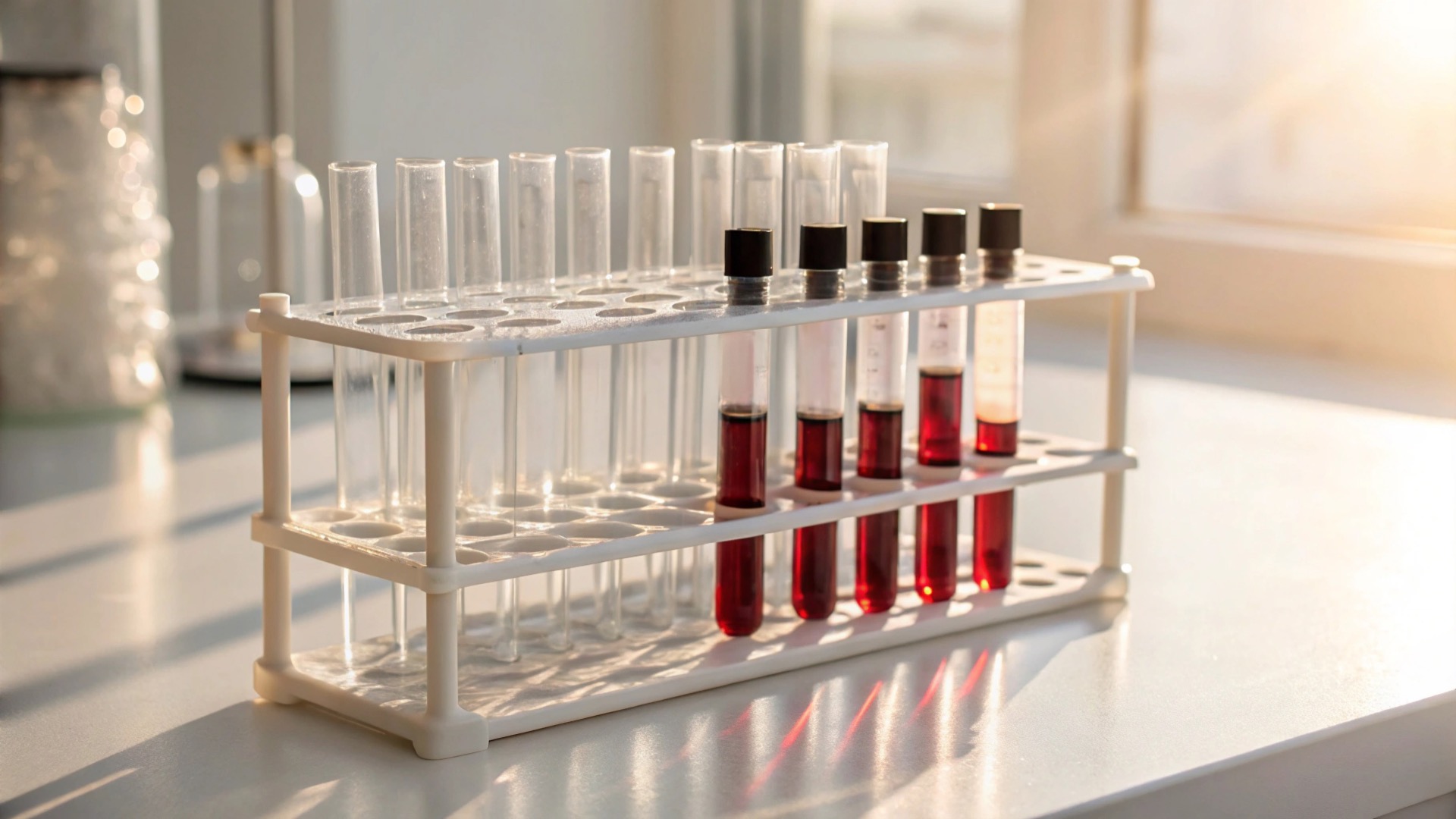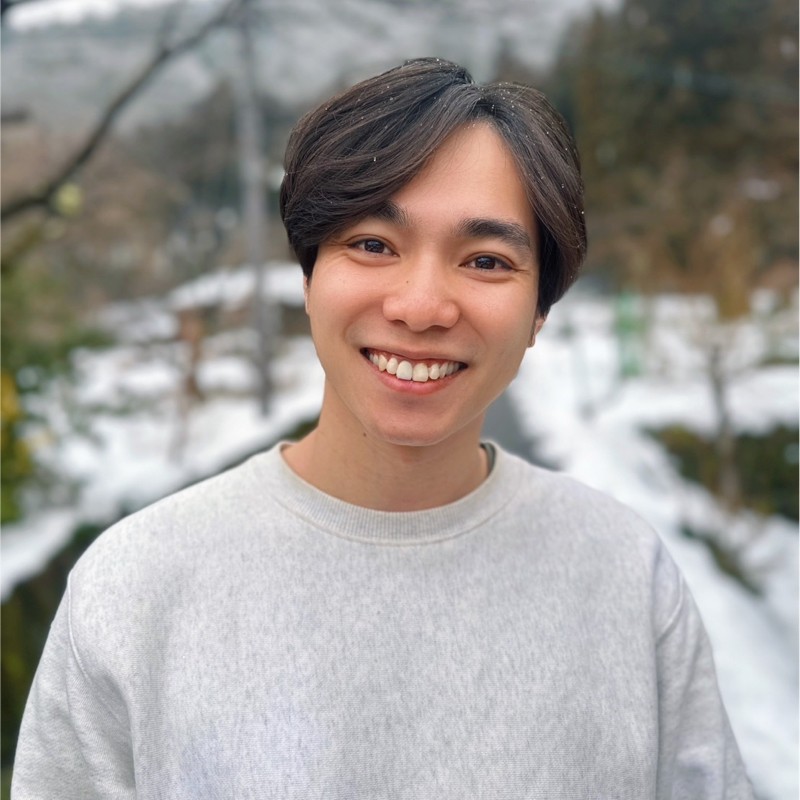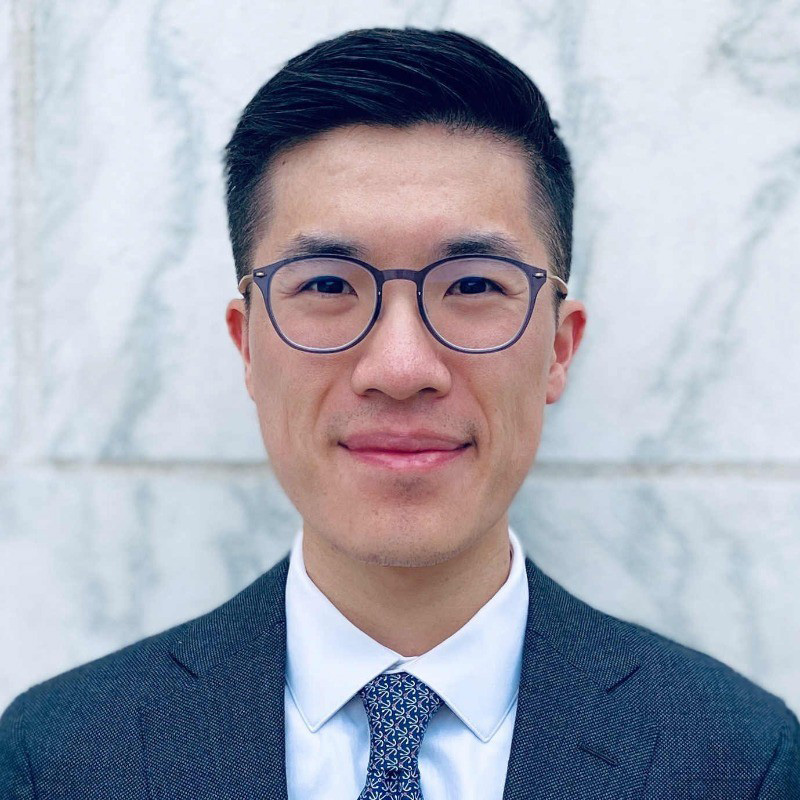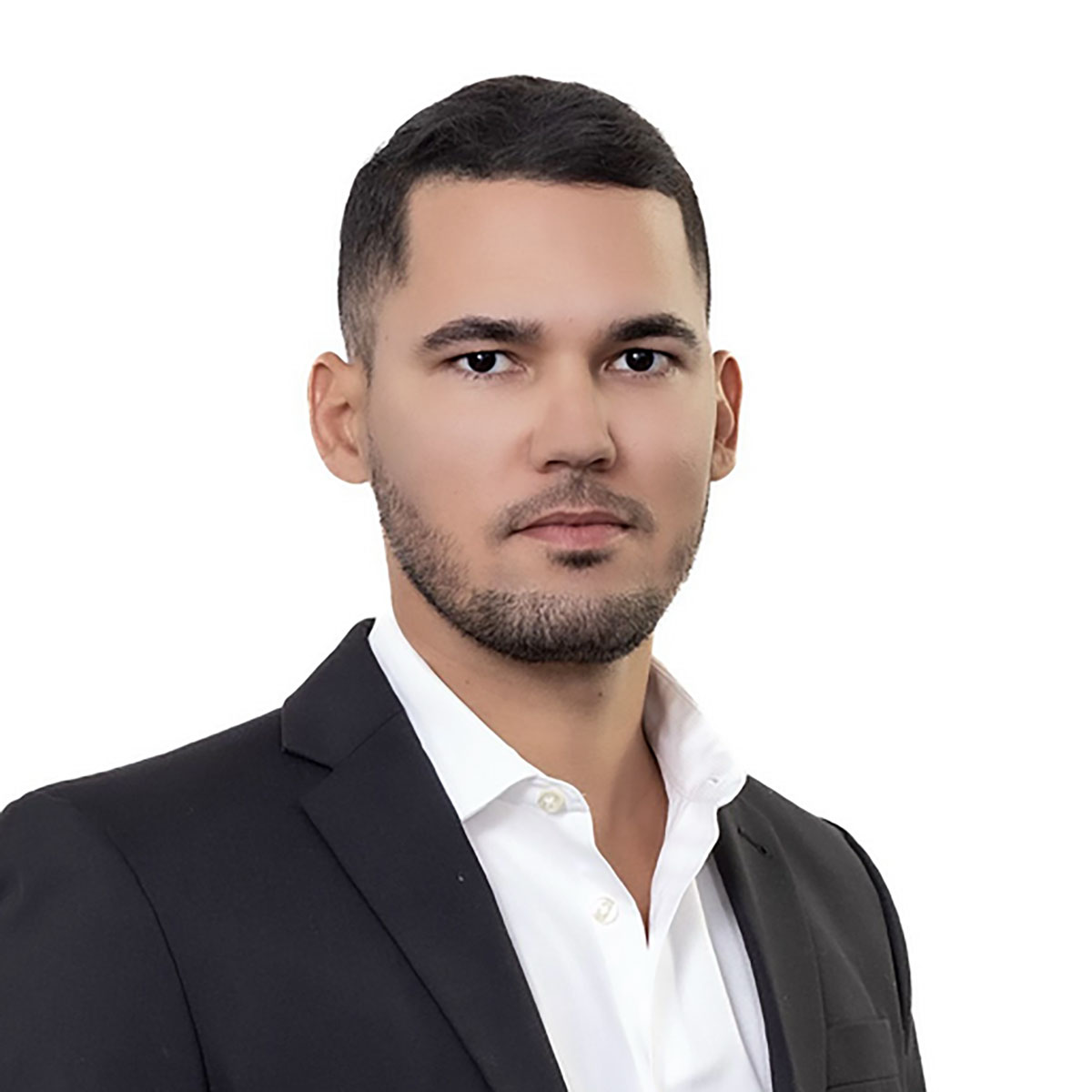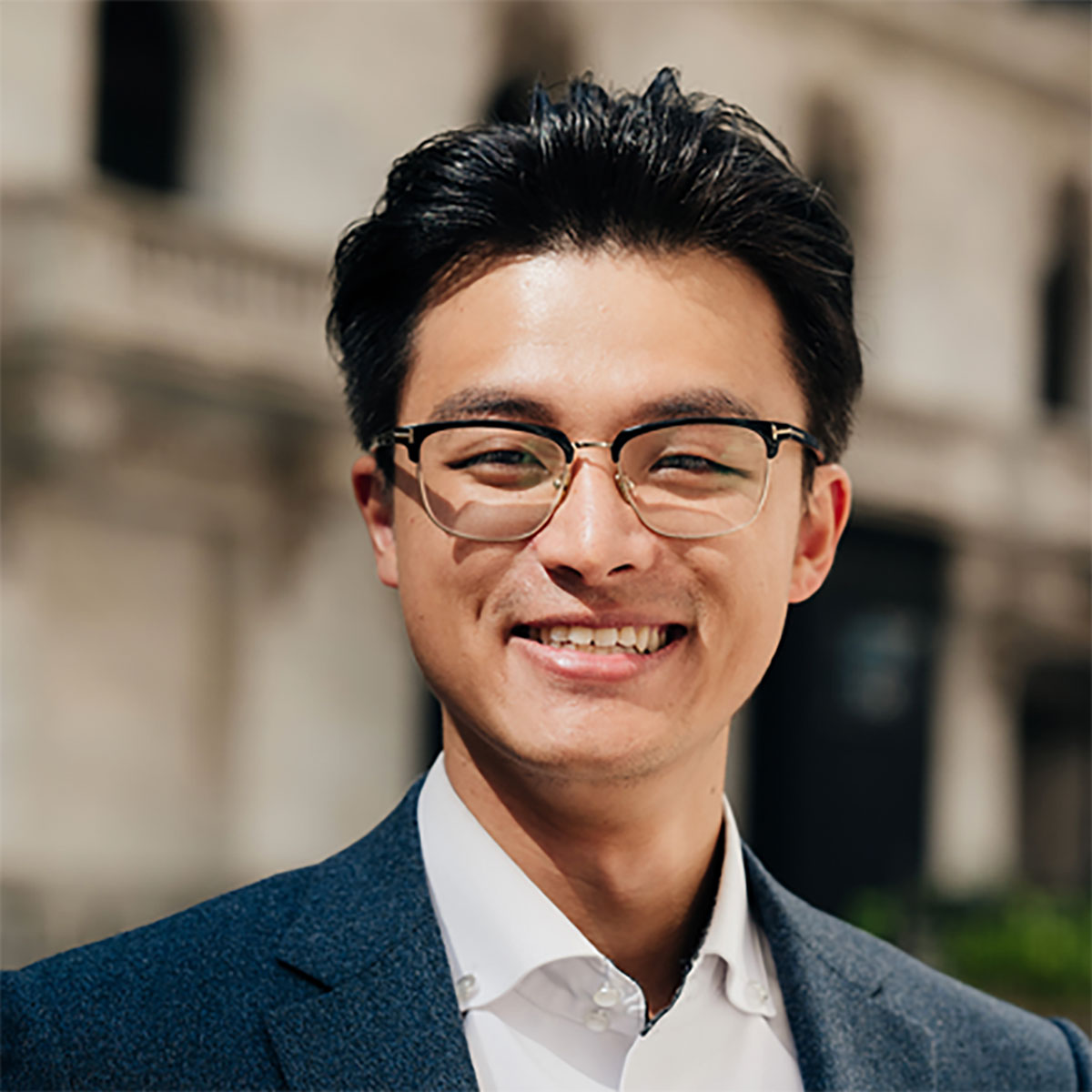Key takeaways
- Senolytics eliminate harmful senescent cells, improving tissue function and reducing chronic inflammation.
- Cellular reprogramming resets aged cells to a younger, more functional state through epigenetic modifications.
- Mesenchymal stem cell (MSC) therapies regenerate damaged tissues and modulate immune system responses. Metformin demonstrates potential for extending healthspan by targeting fundamental aging mechanisms.
Overview
Once confined to the pages of science fiction, reversing the biological clock is becoming a tangible possibility thanks to groundbreaking research in cellular rejuvenation and longevity science. From eliminating aging cells to reprogramming cells, the science of “reverse aging” is evolving rapidly. Advances in reverse aging could help people live longer, healthier lives by targeting the underlying mechanisms of aging. But how close are we to making this a reality, and what breakthroughs are shaping the future of human longevity?
Aging is the primary risk factor for chronic diseases such as cardiovascular conditions, diabetes, and neurodegenerative disorders. Researchers are now focusing on interventions that not only extend life but also enhance the quality of those years. This article explores four pivotal scientific breakthroughs in the field of reverse aging. By understanding the cutting-edge advances in senolytics, cellular reprogramming, stem cell therapies, and the surprising anti-aging potential of known drugs like metformin, we gain a clearer vision of the possible future of longevity.
What is biological age?
Biological age is a measure of how well your body and its systems are functioning compared to the average person of your chronological age. Unlike chronological age, which simply counts the number of years you’ve been alive, biological age reflects the actual state of your health and the rate at which your body is aging. This concept helps explain why some people remain vibrant and active well into old age while others experience health problems much earlier.
Researchers at Harvard Medical School and other leading institutions have shown that a combination of genetic factors, lifestyle choices, and environmental exposures can influence biological age. By focusing on biological age rather than just chronological age, scientists in the field of aging research are uncovering new ways to promote healthy aging and potentially slow down the aging process itself. Understanding your biological age can provide valuable insights into your overall health and help guide interventions to improve your quality of life as you age.
The aging clock: How do we measure human aging?
The aging clock is a scientific tool designed to estimate a person’s biological age by analyzing specific biomarkers in the body. One of the most advanced types of aging clocks is the epigenetic clock, which utilizes DNA methylation patterns —chemical tags that accumulate on DNA over time —to predict the actual age of your body, regardless of your chronological age. These aging clocks are more than just theoretical models; they have practical applications in assessing the risk of age-related diseases, such as heart disease, and monitoring the effectiveness of interventions aimed at promoting healthy aging. By tracking changes in DNA methylation and other molecular markers, researchers can determine whether someone is aging faster or slower than expected. This information is crucial for developing personalized strategies to extend health span and delay the onset of age-related conditions.
Factors that contribute to aging
Aging is a multifaceted process shaped by a combination of genetic, environmental, and lifestyle factors. At the cellular level, changes such as DNA methylation and histone modification, collectively referred to as epigenetic changes, play a significant role in determining how our bodies age. These modifications can alter gene expression, disrupt normal cellular function, and contribute to the development of age-related diseases.
Another key factor in the aging process is the gradual loss of pluripotent stem cells, which are essential for tissue repair and regeneration. As we age, the number and function of these stem cells decline, reducing the body’s ability to recover from injury and maintain healthy tissues. Lifestyle factors, including diet, physical activity, and exposure to environmental toxins, also influence aging by affecting cellular health and the accumulation of epigenetic changes. By understanding these drivers of aging, scientists are working to develop interventions that support healthy aging and slow the progression of age-related decline.
Epigenetic changes and aging
Epigenetic changes are chemical modifications to DNA or the proteins that package DNA, known as histones, which can turn genes on or off without altering the underlying genetic code. These changes accumulate over time and are influenced by factors such as diet, stress, and environmental exposures, playing a pivotal role in the aging process.
As we age, DNA methylation patterns shift, often leading to the silencing of genes involved in cellular maintenance and repair. This can impair cellular function and increase susceptibility to age-related diseases. Excitingly, recent research has shown that some of these epigenetic changes can be reversed. Partial cellular reprogramming, which utilizes Yamanaka factors to reset gene expression in cells, has shown promise in rejuvenating aging cells and restoring youthful function. This breakthrough in cellular reprogramming holds promise for future therapies that may slow or even reverse aspects of biological aging.
Influence aging through lifestyle intervention.
Lifestyle interventions are potent tools for influencing the aging process and supporting healthy aging. Decades of research, including studies from Stanford University and other leading institutions, have shown that choices such as regular exercise, balanced nutrition, and effective stress management can slow biological aging and reduce the risk of age-related diseases. Calorie restriction, for example, has been shown in animal models to increase lifespan and improve healthspan by reducing oxidative stress and inflammation. Other interventions, such as incorporating omega-3 fatty acids and antioxidants into the diet, can further support cellular health. Reverse aging scientists are also exploring how these lifestyle factors interact with genetic and epigenetic mechanisms to influence aging at the molecular level. By adopting healthy habits, individuals can take proactive steps to slow the aging process, stay biologically younger, and enjoy a longer, healthier life.
Senolytics flushing out aging cells
Cellular senescence occurs when cells stop dividing but don’t die, lingering in the body as “zombie cells.” These cells secrete harmful inflammatory factors, known as the senescence-associated secretory phenotype (SASP), which damages surrounding tissues. Over time, the accumulation of these senescent cells contributes to the development of chronic diseases and age-related dysfunction. For older individuals, senolytics may offer potential benefits by reducing the burden of senescent cells and enhancing tissue function.
Senolytics are a class of drugs specifically designed to target and eliminate these harmful cells. By temporarily disabling the defense mechanisms of senescent cells, these drugs induce apoptosis (programmed cell death) in them without harming healthy cells.
Key senolytics and clinical findings
- Dasatinib and Quercetin were among the first senolytics discovered. Together, they have been shown in preclinical studies to reduce inflammation and improve physical function in aged mice.
- Fisetin, a plant-derived flavonoid, has also exhibited senolytic activity and is currently being investigated in human clinical trials.
Senolytics are being investigated for their effects on specific diseases, such as osteoarthritis and cardiovascular disease, where the accumulation of senescent cells is linked to disease progression.
Early human trials, such as those at the Mayo Clinic, suggest senolytics may alleviate frailty, improve cardiovascular function, and reduce markers of inflammation in older adults. Despite their promise, ongoing studies are needed to confirm safety and efficacy.
Challenges and risks
While results are promising, senolytics are not without concerns:
- Intermittent dosing regimens aim to reduce side effects, but long-term safety is unknown.
- Off-target effects and unintended removal of non-senescent cells remain potential risks.
Cellular reprogramming resets the age clock
One of the most groundbreaking discoveries in reverse aging comes from Shinya Yamanaka, who identified four specific genes (Oct4, Sox2, Klf4, and c-Myc) that can revert adult cells to a stem cell-like state.
These four genes, known as “Yamanaka factors,” effectively reset the cellular epigenetic clock, making cells biologically younger by altering the attachment of methyl groups to DNA and influencing gene expression. This process can be applied to various cell types, including skin cells, and impacts multiple biological processes involved in aging.
A team developed these gene therapy and reprogramming methods to deliver the Yamanaka factors, enabling age reversal in experimental settings.
Partial reprogramming vs. complete reprogramming
- Complete reprogramming converts adult cells into induced pluripotent stem cells (iPSCs), essentially erasing their original identity. However, this carries risks such as tumor formation.
- Partial reprogramming, on the other hand, offers a safer alternative. By carefully controlling the duration and dosage of Yamanaka factors, scientists have achieved rejuvenation without erasing cell identity. Such changes in epigenetic marks can restore youthful function in different cell types.
Animal studies and future applications
For example, a study published in Nature used a mouse model to demonstrate that partial reprogramming restored vision in aged mice. Young mice served as the baseline control group, while older animals underwent reprogramming interventions. By reprogramming optic nerve cells, damaged tissues in older animals regained youthful functionality, providing evidence for the reversal of aging and age reversal in vivo.
Some mouse models are specifically designed to exhibit accelerated aging, allowing researchers to test the effects of these interventions more rapidly. These studies highlight the potential of gene therapy and epigenetic reprogramming for aging reversal in older animals.
However, translating these findings to humans presents significant challenges:
- Cellular reprogramming increases the risk of oncogenic transformation.
- Epigenetic changes in human cells are more complex than in simple animal models, requiring careful calibration to avoid unintended consequences.
What are mesenchymal stem cells?
Mesenchymal stem cells (MSCs) are multipotent cells that can differentiate into various cell types, including bone, cartilage, muscle, and adipose tissue. MSCs also possess potent anti-inflammatory and immunomodulatory properties, making them a promising tool for age-related diseases.
Therapeutic applications
MSCs are used in regenerative therapies to:
- Repair damaged tissues (e.g., osteoarthritis, myocardial infarction).
- Modulate inflammatory processes, as observed in conditions such as Crohn’s disease and graft-versus-host disease.
Monitoring the outcomes of MSC therapy often involves analyzing blood markers to assess tissue health and aging.
Challenges in the application
Despite their potential, MSC therapies face notable hurdles:
- Immunogenicity and rejection of allogeneic (donor-derived) MSCs limit long-term effectiveness.
- Autologous (self-derived) MSCs in older patients often show reduced functionality due to senescence.
Researchers are now focusing on rejuvenation strategies, such as genetic modification, to restore the regenerative potential of senescent MSCs.
Metformin: The surprising anti-aging drug
Metformin, a well-established drug for managing type 2 diabetes, is now capturing attention in longevity research for its potential anti-aging effects. Unlike experimental therapies such as senolytics or cellular reprogramming, metformin targets metabolic pathways that influence oxidative stress and chronic inflammation, two key drivers of aging. Early studies suggest it not only manages blood sugar but also promotes healthier, longer lives.
From diabetes treatment to longevity research
Metformin, a widely used drug for type 2 diabetes, has gained attention for its potential role in delaying aging. Unlike senolytics or cellular reprogramming, metformin acts on metabolic pathways to reduce oxidative stress and chronic inflammation, both of which are hallmarks of aging.
Evidence from studies
- Observational studies indicate diabetic patients on metformin have lower rates of cardiovascular disease, cancer, and overall mortality compared to non-diabetic individuals.
- Preclinical trials in mice have shown metformin can extend lifespan when administered under specific conditions.
The TAME trial
The Targeting Aging with Metformin (TAME) trial seeks to determine whether metformin can delay the onset of multiple age-related diseases. If successful, it could pave the way for the first FDA-approved drug targeting aging as a condition.
Limitations and mixed results
Evidence for metformin’s efficacy in healthy individuals is mixed, with some studies suggesting potential interference with exercise-induced benefits and muscle adaptation. Growth hormone also plays a significant role in muscle retention, bone health, and metabolic processes as we age, and scientific studies support its interaction with interventions like resistance training.
Researchers are also exploring the use of metformin as part of combination therapies, integrating it with other interventions such as dietary changes, exercise, or pharmacological agents to enhance outcomes related to aging and disease reversal.
Bottom line
The science of reverse aging is advancing rapidly, offering hope for interventions that not only extend lifespan but also improve healthspan, enhancing the quality of those years. However, it’s crucial to approach these breakthroughs with caution. Most therapies remain in experimental stages, and their long-term effects are not fully understood. Companies like Life Biosciences are at the forefront of longevity research, developing innovative therapies aimed at reversing aging-related damage and moving these advances toward clinical trials.
While the dream of reversing the biological clock is inching closer to reality, maintaining a balanced lifestyle with a proper diet, exercise, and stress management remains essential for healthy aging. Certain lifestyle choices can help individuals maintain their youthfulness by supporting overall well-being and slowing down their biological aging process.
For those interested in exploring the potential of reverse aging further, staying informed about ongoing research is key. Science is just beginning to unravel the possibilities of rejuvenating human biology, and the future holds the promise of safer, more effective therapies. Machine learning is increasingly used to analyze aging data, predict biological age, and develop new interventions, accelerating progress in this exciting field.
Frequently asked questions (FAQs)
- What does it mean to reverse aging? Is it possible?
Reversing aging refers to slowing, halting, or even reversing biological damage associated with aging. While a complete reversal is not yet possible in humans, scientific advances, such as senolytics, reprogramming, and stem cell therapy, are showing promising results in early studies and animal models.
- Are senolytic drugs safe to use for anti-aging?
Senolytics are still experimental. While they’ve shown benefits in clearing senescent cells in mice and small human studies, long-term safety data are limited. These drugs are not yet approved for general use in treating aging outside of clinical trials.
- Can metformin extend lifespan in healthy people?
Metformin has been shown to have longevity benefits in people with diabetes, but its effects on healthy individuals remain unclear. The TAME trial (Targeting Aging with Metformin) is underway to answer this question.
- What are the risks of cellular reprogramming for aging?
Complete reprogramming can cause uncontrolled cell growth or cancer. That’s why researchers are now focusing on partial reprogramming, which shows rejuvenation potential without compromising cell identity, although it’s still in the early experimental phase.
- Are stem cell therapies approved for reversing aging?
Some stem cell therapies are approved for specific medical conditions (e.g., blood cancers), but most anti-aging applications are still under investigation. Risks include immune rejection, tumor formation, and inconsistent quality of stem cell preparations.
References
- Kirkland, J. L., Tchkonia, T., Zhu, Y., Niedernhofer, L. J., & Robbins, P. D. (2020). Senolytic drugs: From discovery to translation. Journal of Internal Medicine, 288(5), 518–536.
- Lu, Y., Brommer, B., Tian, X., Krishnan, A., Meer, M., Wang, C., … & Yang, Y. (2020). Reprogramming to recover youthful epigenetic information and restore vision. Nature, 183(4), 965–983.e19.
- Ullah, M., Liu, D. D., & Thakor, A. S. (2020). Mesenchymal stem cells in regenerative medicine: Focus on aging. Frontiers in Cell and Developmental Biology, 8, 364.
- Konopka, A. R., & Miller, B. F. (2019). Taming expectations of metformin as a treatment to reverse aging. GeroScience, 41(3), 337–343.


